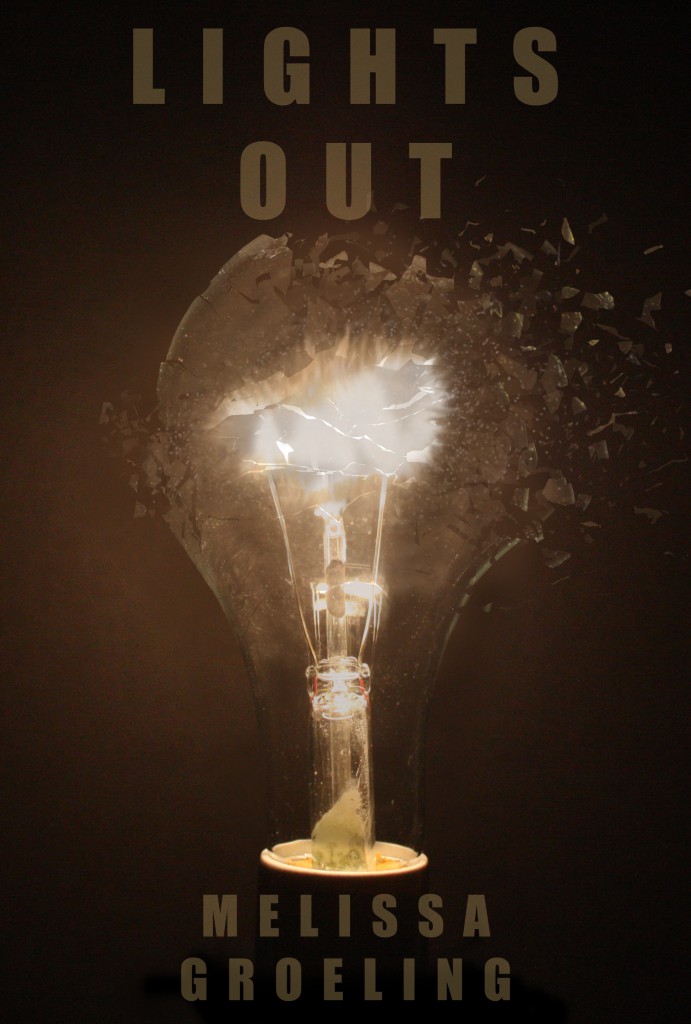Posted on Oct 26, 2015 by
Nick“The Woman Who Lived,” the second part of the story that began with last week’s episode “The Girl Who Died,” is, quite simply, the best episode of the season so far. It may in fact be the best episode of Doctor Who in a very long time.
***MINOR SPOILERS AHEAD***
Maisie Williams, as Ashildr/Lady Me, is a big part of the reason why this episode is so good. Clara isn’t in this episode, and it has never been more obvious how little the show needs her. I didn’t miss her at all. In fact, by the time she shows up for a brief scene at the end of the episode, I had mostly forgotten she existed. Ashildr steps into the companion role effortlessly and with far more panache, and the adventure they share is an enjoyable one, a compelling mix of humor, drama, and science-fiction nonsense.
It’s the conversations between the Doctor and Ashildr that make this episode work. The way she accuses him of leaving too soon after a problem is fixed, thereby freeing himself from having to experience the consequences of his involvement. The way he throws it back in her face that she’s the only one responsible for her decision to stop caring about other people, not him and not the gift he gave her. The Doctor explaining how he can never travel with someone who, like him, is essentially immortal because he needs someone to remind him how precious and fleeting life can be. We even get a mention of Captain Jack Harkness, possibly for the first time since “The End of Time, Part Two” in 2009, and the Doctor’s cheeky response to Ashildr not knowing who that is: “He’ll get around to you eventually.” The dialogue, written by Catherine Tregenna (incidentally the first female writer the show has employed since 2008), absolutely crackles. She turns Ashildr into a far more memorable character than she was in “The Girl Who Died,” and in Sam Swift she creates a hilarious comic foil (and potential love interest?) for quite possibly the rest of Ashildr’s days.
How much Ashildr has forgotten (and sometimes how much she has wanted to forget) over the eight centuries she’s lived is perhaps the most realistic portrayal of a normal human being granted with immortality I’ve seen. In movies like Highlander, it’s implied that the immortals’ memories are fully intact, that they can remember events from hundreds of years ago with ease, but the human brain can store only so many memories. The way Ashildr is forced to keep journals so she can remember, and the way she has forgotten her Viking village and even her original name, is handled compellingly and with a sense of authenticity. (Although if she rereads her journals regularly, it strikes me that she wouldn’t have forgotten the name Ashildr at all — though I may be taking her initial protests of ignorance too much at face value.)
The plot itself is of less interest than the character interplay. Something about a magic amulet and Lion-O Leandro, a lion-headed, fire-breathing (?) alien who tricks Ashildr into something something invasion. There’s lots of fun running around and some good heisting along the way, though, including a hilarious highwayman showdown between Ashildr and Sam Swift. Seriously, this may just be the best written and best acted episode of Doctor Who in recent memory. (No props for the clearly fake horse the Doctor was riding, though. During close ups, was Peter Capaldi sitting on a plastic horse replica on the back of a flatbed truck that was driving down the street? I think the answer is obviously yes.)
I was delighted to read a news item this morning that said we haven’t seen the last of Ashildr this season. I continue to stand by my assertion that she will be heavily involved in the finale as the Minister of War hinted at a couple of episodes ago in “Under the Lake.”
Silliness aside (Dalek poop, the sonic sunglasses, “I know why I gave myself this face”), this is turning out to be a remarkably thoughtful and mature season of Doctor Who. I’m more optimistic about the show than I’ve been in years. Please don’t let me down, show!
And now for some Doctor Who neepery! When I first saw Lion-O Leandro in the promos for this season, I thought we might be seeing the return of the Tharils, the lion-faced, transdimensional aliens from the 1981 Fourth Doctor serial “Warriors’ Gate.” That supposition had me wondering in turn if Maisie Williams’s character was going to turn out to be Romana, whom we last saw leaving with the Tharils to free them from slavery in E-Space. It didn’t turn out that way, of course, which is probably for the best since I think Ashildr is far more interesting as her own, new character than as a returning character in disguise. Also, Tharils don’t breathe fire. (Neither do lions in general. What the fuck?)
When the Doctor mentions to Ashildr that the Great Fire of London is coming in 1666, she wonders if she’ll be the one to start it. The Doctor replies no, it will be started by the Terileptils. This is a reference to the 1982 Fifth Doctor serial “The Visitation,” in which the Terileptils, a race of reptilian aliens, invade England in 1666. They accidentally start the Great Fire at the end of the serial, when a Terileptil drops its weapon into a fire and it explodes, destroying the Terileptils and starting the notorious fire on Pudding Lane.
Next week, the Zygons are back. And so, strangely enough, is Osgood. Will she be a Zygon replica, or the real human? And what does that mean for the Osgood we saw murdered by Missy in last season’s finale?



